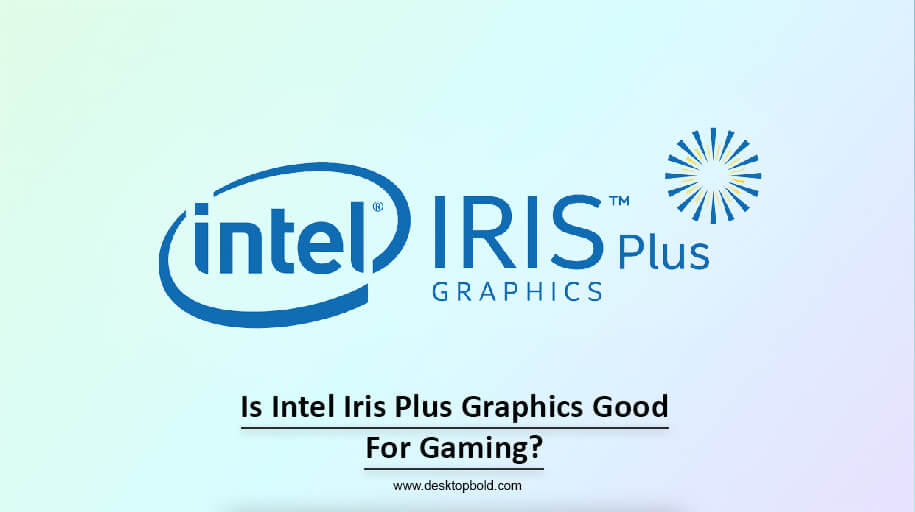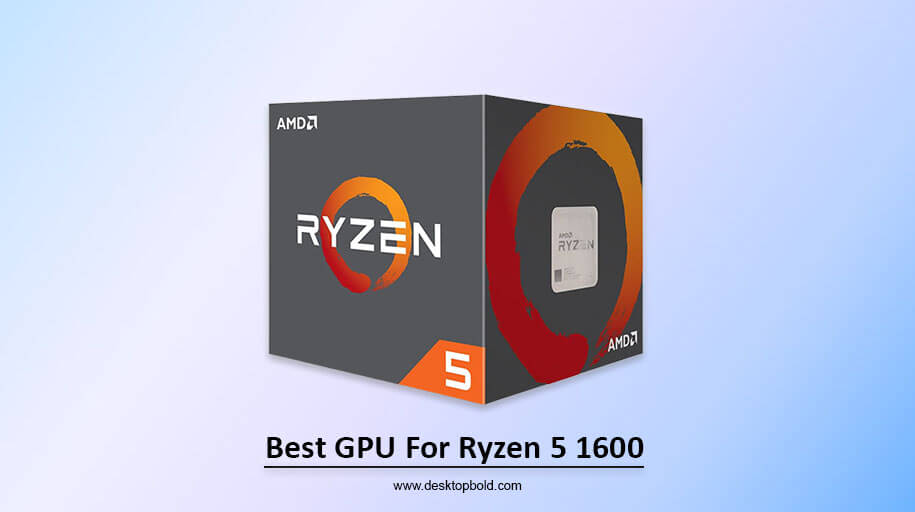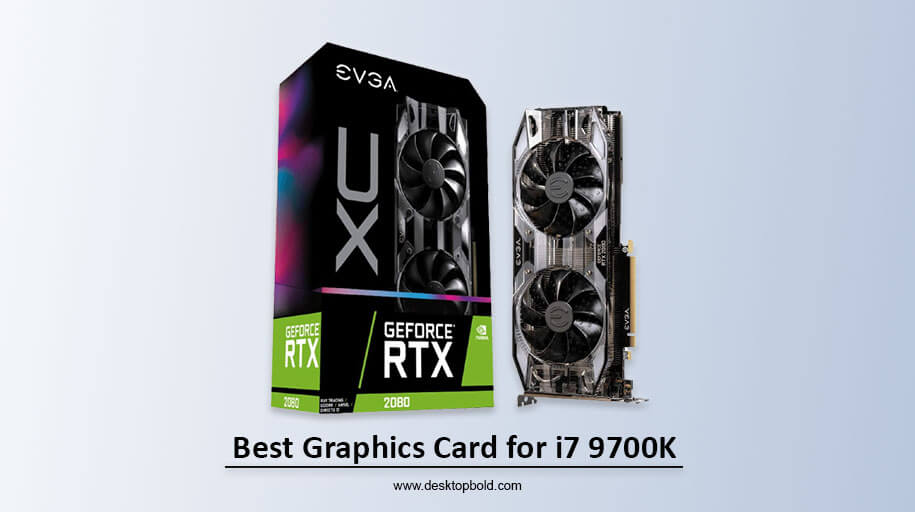A GPU, or graphics processing unit, is a specialized type of processor designed to handle the complex calculations required for rendering images, videos, and other graphics-intensive tasks. One of the most critical factors that determines the performance of a GPU is its clock speed, which is measured in MHz (megahertz) or GHz (gigahertz). In this blog post, we will discuss what is a good GPU clock speed and how it can impact the performance of your computer.
What is a Good Core Clock Speed?
First, it’s important to understand clock speed and how it works. In simple terms, the clock speed of a GPU is the rate at which it can execute instructions. The higher the clock speed, the more instructions the GPU can execute per second and the faster it can complete tasks. This is why GPU clock speed is often considered one of the most important metrics for determining the performance of a graphics card.
A good GPU clock speed will depend on the specific use case and the type of tasks you are performing. For example, a GPU with a high clock speed may be ideal for gaming, as it can render complex scenes and high-resolution textures quickly and smoothly. On the other hand, a GPU with a lower clock speed may be better suited for tasks such as video editing, where precision and accuracy are more important than raw speed.
GPU Overclocking
It’s also worth noting that the GPU clock speed can be overclocked, which means that the user can increase the clock speed of the GPU beyond its standard settings. Overclocking can significantly boost performance but can also increase the risk of damaging the GPU or causing instability. Therefore, it’s essential to be cautious when overclocking and use the appropriate tools and software to ensure the GPU is not being pushed beyond its safe limits.
It is always relatively simple since you can perform GPU overclocking immediately without restarting your computer. You may download free software like MSI Afterburner from our website. As a result, overclocking is particularly common with graphics cards because it’s a free and straightforward approach to getting more performance from your GPU.
Additionally, overclocking is generally safe since the GPU has safety limitations set to prevent hardware failure. Increasing your GPU’s clock speed gradually is recommended to ensure seamless operation.
What is a Good Clock Speed for Gaming
Regarding gaming, a good GPU clock speed is around 1.5-1.8GHz. This will allow the GPU to handle the demands of modern games and deliver smooth and consistent performance. However, it’s worth noting that other factors, such as memory size, memory clock speed, and the number of CUDA cores, also play a role in determining the overall performance of a GPU.
For video editing, a good GPU clock speed would be around 1-1.2GHz. This will allow the GPU to handle the demands of video encoding and decoding and provide smooth playback of video footage.
GPU Overclocking tips
You can change this if you want the speed of the GPU clock. Try increasing it by small percentages until you find the sweet spot. Before beginning any more overclocks, monitor your temperature and test the new settings. Just keep making adjustments until you get the desired outcome. However, remember that doing so voids warranties and might harm components. Consider the temperature of your surroundings as well. Voltage increases that are too high can melt plastic parts.
How does GPU Clock Speed affect Gaming and Performance?
The likelihood of experiencing greater frame rates increases as your GPU is accelerated faster than its stock speed. Two additional frames per second are often added when the clock speed is increased by 10%. Increasing it by 20% will add six other frames per second; increasing it by 30%, 40%, 50%, 60%, 70%, 80%, etc. will add 12, 16, 20, 28, 32, etc. per second. Of course, aiming as high as possible is excellent, but remember that doing so will produce more heat, necessitating more powerful cooling systems. Moreover, remember that each model is distinct and will not function uniformly. But in the majority of situations, the general principle holds.
It’s important to note that some manufacturers use proprietary technologies in their chipsets to artificially restrict your ability to boost clock speeds. This function is commonly referred to as FRC, or FRC for short, or anything along those lines. Your GPU automatically slows itself to prevent harm if it reaches a specific percentage of its maximum rated frequency. Several producers let customers manually set clock speeds closer to their limits to increase stability. ASUS, Gigabyte, HIS, Palit, Sapphire, Samsung, XFX, Zotac, Biostar, Gainward, etc.
Conclusion
In conclusion, a good GPU clock speed will depend on the specific use case and the type of tasks you are performing. For gaming, a good GPU clock speed is generally around 1.5-1.8GHz, while a good GPU clock speed for video editing is around 1-1.2GHz. However, it’s essential to remember that other factors, such as memory size, memory clock speed, and the number of CUDA cores, also play a role in determining the overall performance of a GPU. As always, it’s essential to research and compare the specs and performance of different GPUs before making a purchase.




